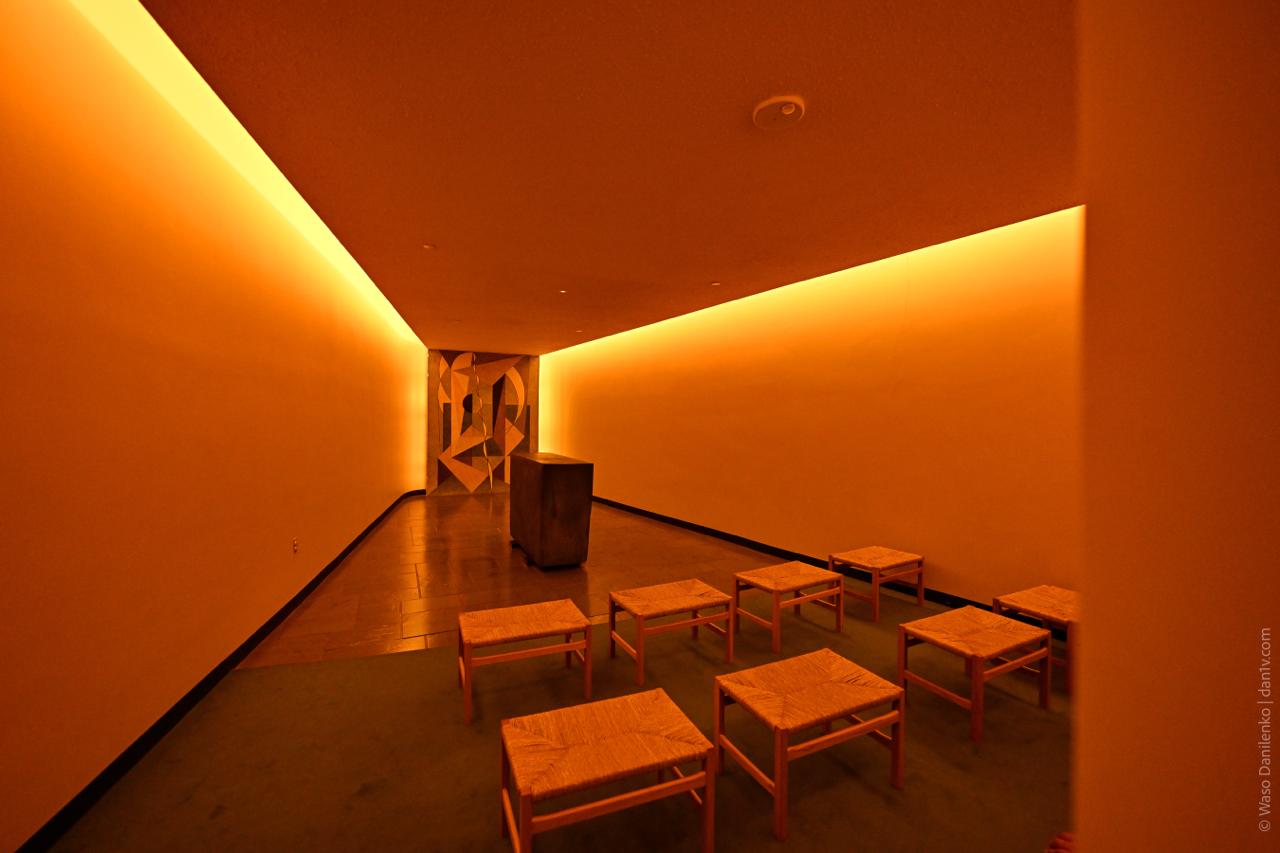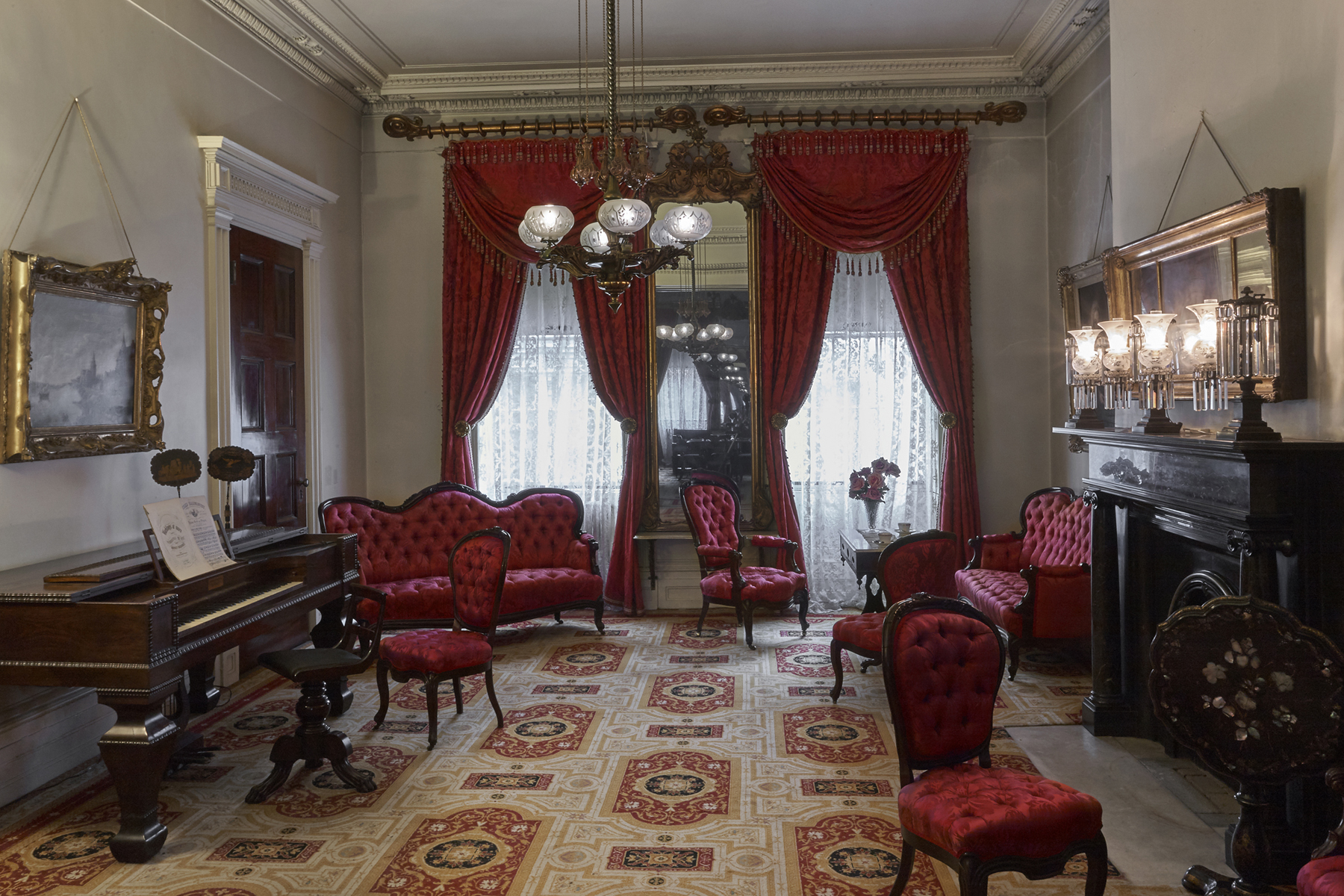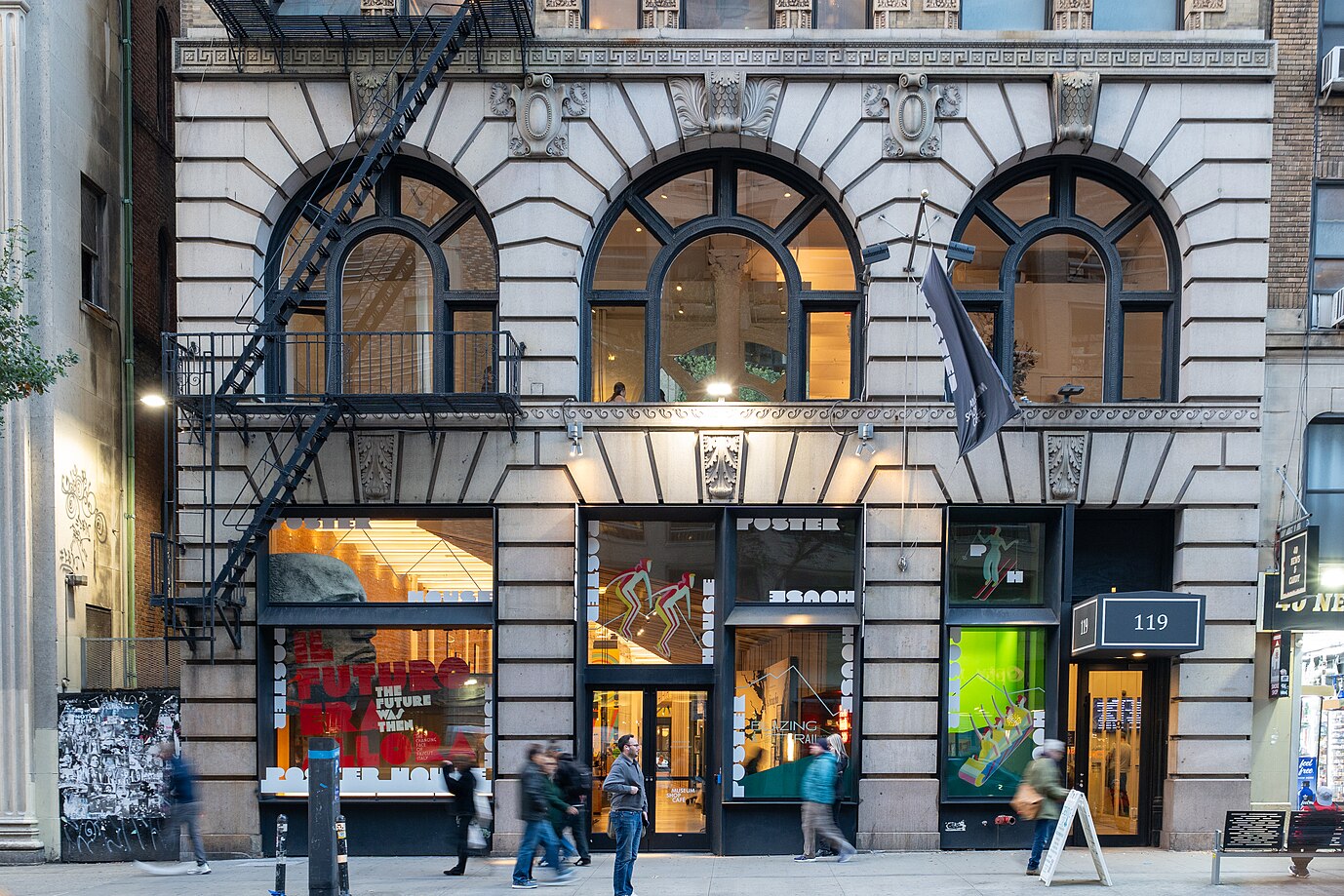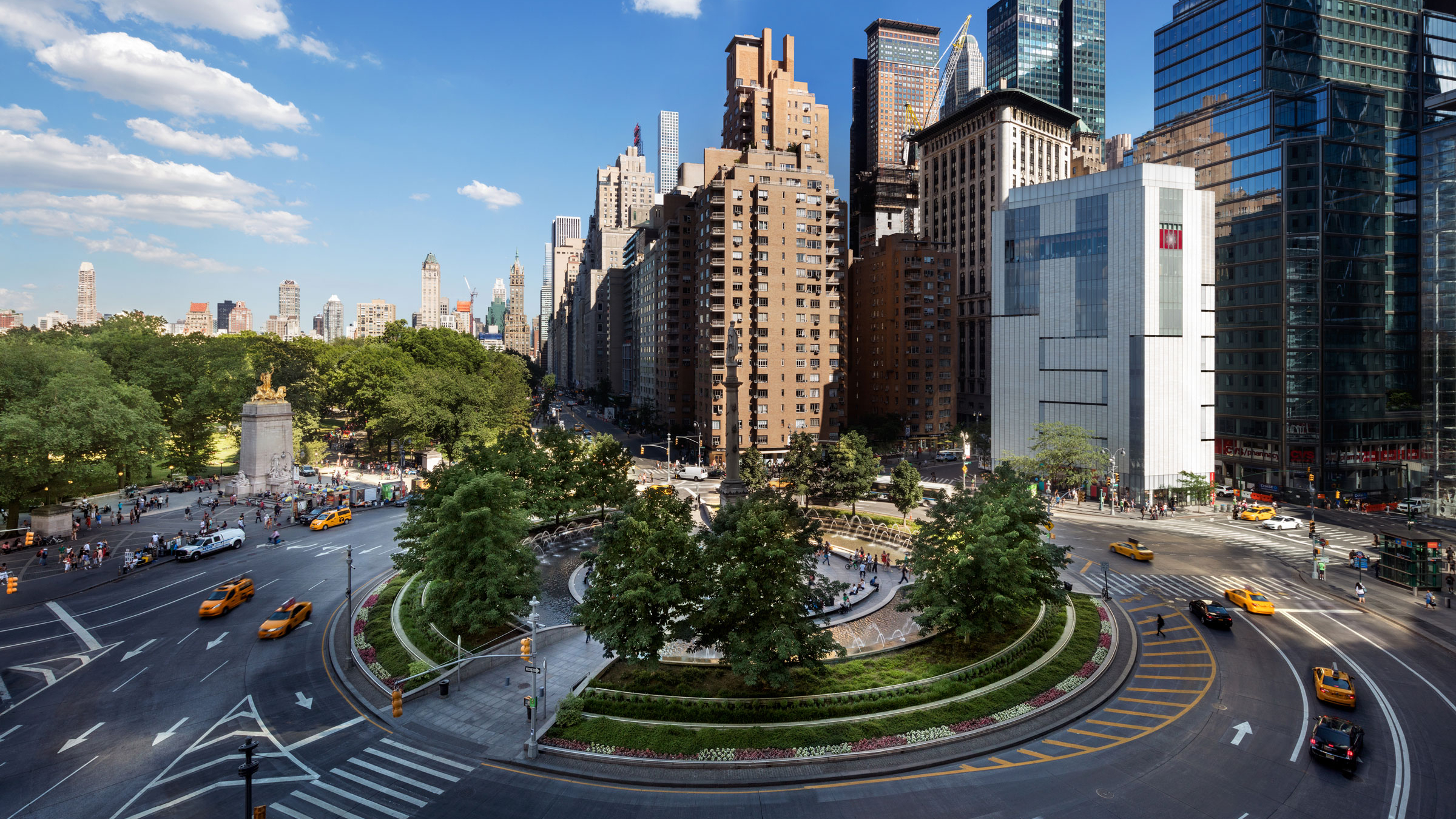It’s hard to believe that in the very center of the United Nations building in New York City — a symbol of global dialogue and negotiation — there’s a room where the only rule is silence.
We’re talking about the Meditation Room, or as it’s called, the Room of Quiet. It’s not a chapel or a traditional meditation space: there are no altars, creeds, or religious texts. It’s simply a place where everyone can be alone.
Some come here to pray, others to collect their thoughts. The main rule is: no words.
History
The room was established in 1957 at the initiative of UN Secretary-General Dag Hammarskjöld. He believed that the “negotiation house” must have a place for silence — an island of peace amid endless speeches and meetings.
His idea seemed almost revolutionary: to create a space in a building where every word carries political weight, a space where not a single word is spoken.
Interior
In the center of the room stands a massive six-ton block of iron ore—a gift from Sweden, Hammarskjöld’s birthplace. This monolith symbolizes the unchanging in a world of change.
On the wall behind it hangs an abstract fresco by Swedish artist Bo Beskow, deliberately neutral and universal, so that no culture feels excluded.
The furniture features simple yet refined benches designed by Carl Malmsten. Their minimalism emphasizes the essentials — space and silence.
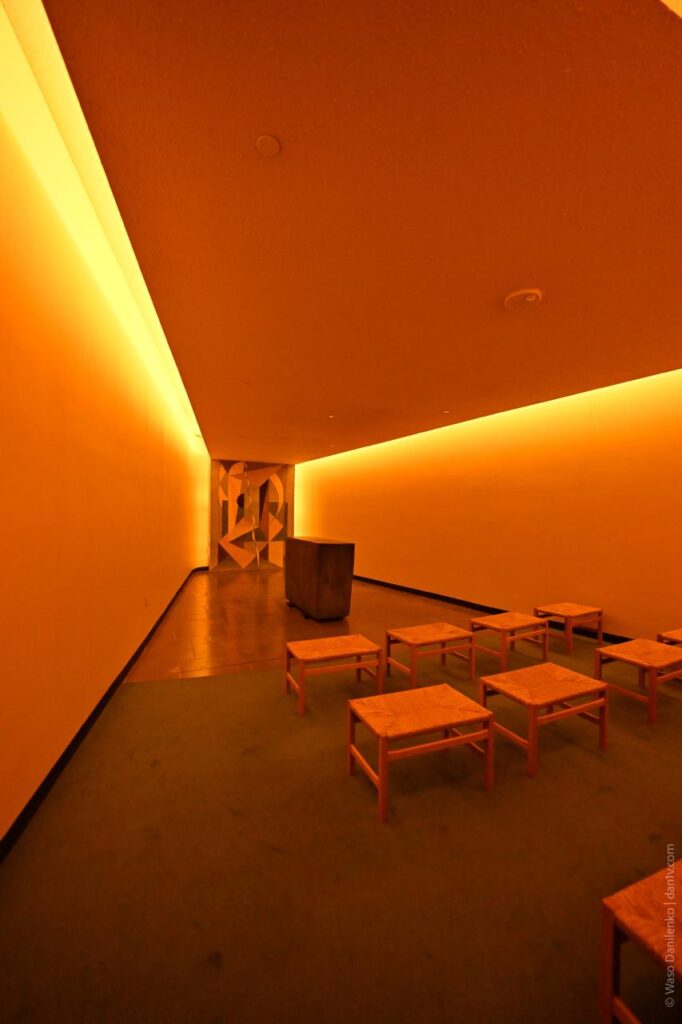
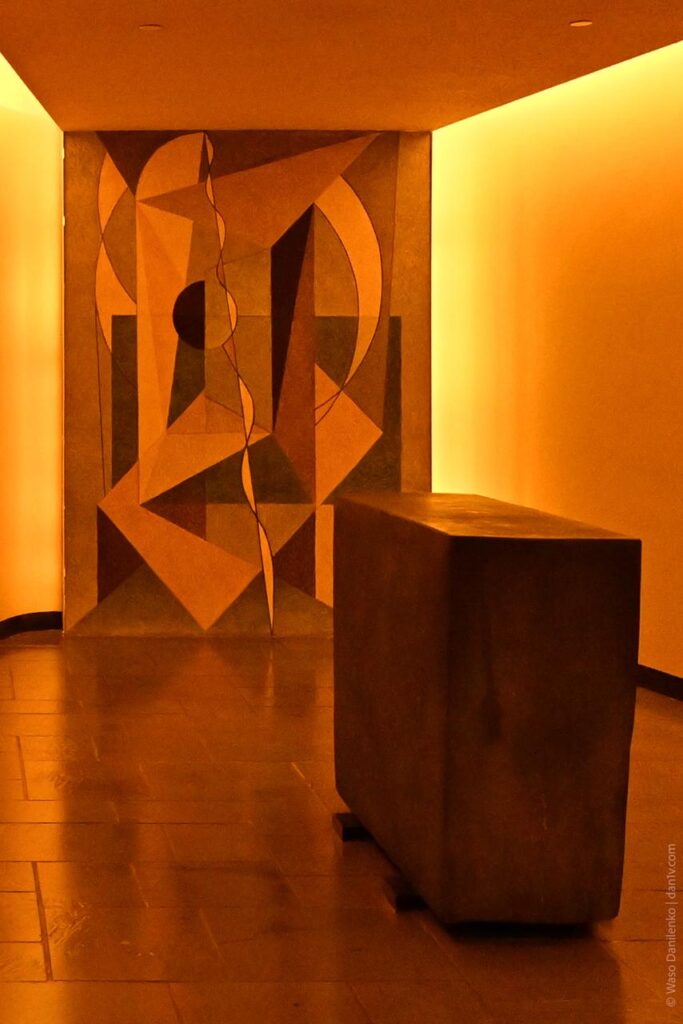

The concept of the Silent Room echoes the idea of the Mark Rothko Chapel in Houston — another space created for contemplation and inner peace, transcending religion and ideology.
How to visit
The room is located next to the General Assembly Hall in the main building of the United Nations Headquarters in New York City. It is open not only to staff but also to visitors.
You can access it during a tour of the UN complex — just sign up for a tour, which runs daily from approximately 9:00 AM to 4:30 PM (check the schedule in advance).
Address: United Nations Headquarters, New York / 405 E 45th St, New York, NY 10017
Tickets: $26, book on the UN website

